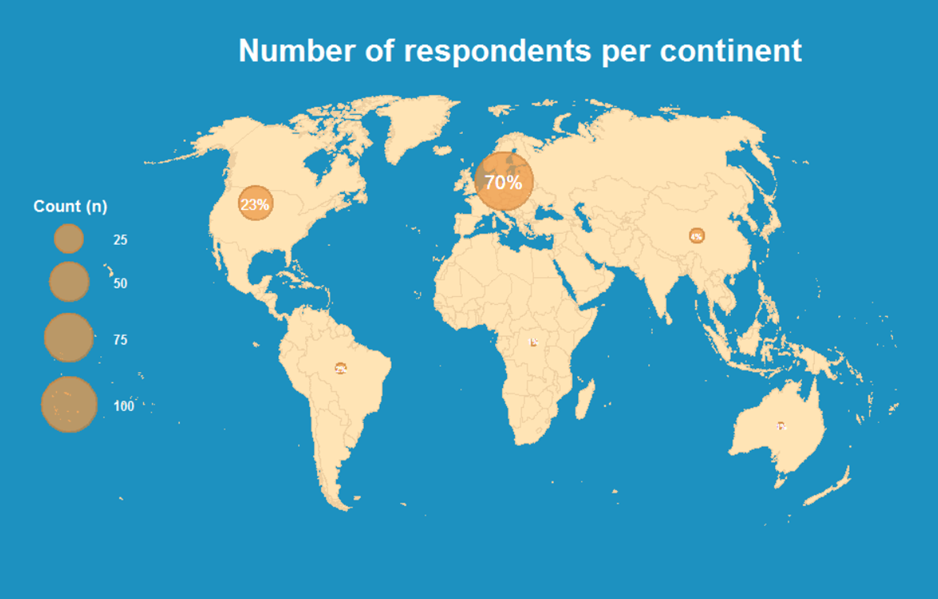Surgical Strategies and Functional Reconstructions in Malignant Peripheral Nerve Sheath Tumors: an International Survey Across Surgical Subspecialties
Enrico Martin, MD1, Willem-Bart M. Slooff, MD1, Thijs van Dalen, MD, PhD1, Cornelis Verhoef, MD, PhD2 and J. Henk Coert, MD, PhD1, (1)University Medical Center Utrecht, Utrecht, Netherlands, (2)Erasmus Medical Center, Rotterdam, Netherlands
Background: Malignant peripheral nerve sheath tumors (MPNST) are rare sarcomas and their prognosis remains poor despite curative intents of treatment. Morbidity is high in MPNSTs, as resection of larger nerves is not uncommon, yet functional reconstructions are uncommonly performed. Considerations for ideal treatment may differ between surgical subspecialties operating these patients. This study set out to investigate whether opinions differed on ideal nerve handling and the use of functional reconstructions.
Methods: Multiple surgical societies (oncologic surgery/hand surgery/peripheral nerve surgery) were asked to distribute this survey online amongst their members. Survey responses were summarized per surgical subspecialty (oncologic surgery/neurosurgery/plastic surgery/other) and differences were analyzed.
Results: A total of 174 surgeons filled out the survey, including 30 oncologic surgeons, 30 neurosurgeons, 85 plastic surgeons, and 29 other surgical specialists (Figure 1). Oncologic surgeons were more commonly sarcoma-fellowship trained (85.2%, p<0.001) and less frequently considered peripheral nerve surgeons (22.2%, p<0.001). Oncologic surgeons had the highest case load (p<0.001), and most subspecialties operated extremities (75.0-93.0%, p>0.05). Function was usually considered preoperatively in all subspecialties (65.1%, p>0.05), yet 42.2% never considered less extensive resections to preserve function (p>0.05). The nerve of origin was usually looked (74.1%, p>0.05), but collaboration with peripheral nerve surgeons and the use of intraoperative nerve conduction testing differed (both p<0.05). A combination of neuropathic pain and neurologic deficit was most commonly observed postoperatively in all subspecialties (69.7%, p>0.05); rates of neuropathic pain (40.9% ±22.9%) and motor deficit (36.7% ±25.5%) did not differ either (p>0.05). Neuroma prevention was most commonly done by burying the stump into bone, muscle, or vein (39.3%), and preferences did not differ between subspecialties (p>0.05). Functional reconstructions for motor and sensory deficits were more commonly considered by plastic surgeons and ‘other’ specialties (both p<0.05). Plastic surgeons most commonly considered nerve reconstructions and transfers, tendon transfers, and free functioning muscle transfers a possibility (all >80%, p<0.05). Relative contraindications for reconstructions did not differ (all p>0.05). A lack of consensus on ideal timing of functional reconstructions was present in all subspecialties (p>0.05). On average, surgeons would consider functional reconstructions at a mean survival of 3.0 years (±1.98, p>0.05).
Conclusion: Postoperative neurologic deficits and neuropathic pain are common in MPNSTs. However, strategies to prevent or reconstruct these morbidities differ within and between surgical specialties. A multidisciplinary approach will optimize oncological and functional results in these aggressive and morbid sarcomas.
Figure 1
Back to 2020 ePosters

